11 Best Large Cat Breeds That Make Perfect Pets
11.04.2022.
It would be incredibly cool to have a lion as a pet, but the reality is that these large cats belong in the wild, and they're out of the reach of most pet owners. Luckily, there are many large domestic cat breeds you can choose to share your life with. Any of these domestic cats can be great pets for cat lovers who are looking for a fairly large cat with an incredible personality.
We bring you the list of 11 of our favorite large cat breeds.
1. Maine Coon
The Maine Coon is the largest domesticated cat with a well-balanced physique. Many legends surround the emergence of this breed. Some believe they were a cross between a house cat and a raccoon, which has been scientifically disproven. However, some people still think this theory is true. It's possible that the Maine Coon's long, silky hair and thick tail are the reason the myth started, and the similarities are pretty clear. As one of the most gentle among large domestic cats, this unusual but lovable breed makes an excellent family pet.
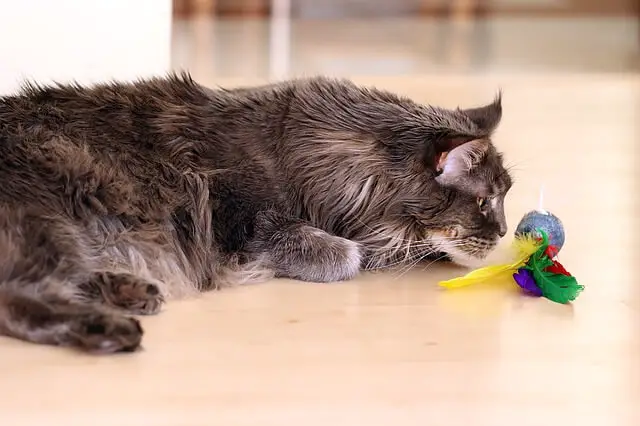
2. Ragdoll
For its docile and cuddly demeanor and the fact that it completely "melts" in the arms of its owner, the Ragdoll was given this unique name. When the Ragdoll is picked up, it collapses into the arms of its favorite person, just like an actual rag doll will. This is another breed with myths and legends involved in their history. In Ragdoll's case, even the CIA is associated with their origins, but no one knows exactly how that rumor started. The Cat Fancier's Association granted breed status to this wonderful family pet in 2000 after it became pretty popular in the United States in the 1990s.
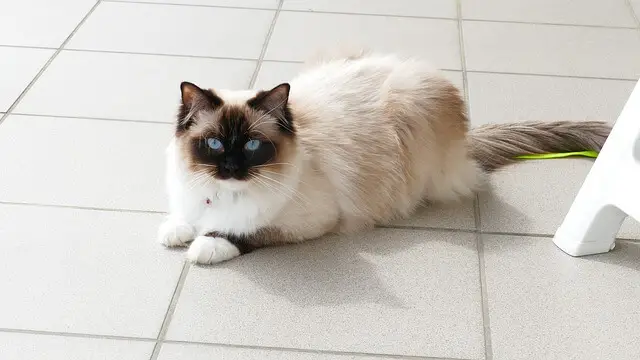
3. Norwegian Forest Cat
The Norwegian Forest Cat is a wild-looking, long-haired breed with piercing eyes and a fairly powerful body. Originally bred in Norway by owners who experimented with crossing domestic cats with the wild forest cat, these large and sturdy cats have since spread across the globe. Since its domestication, the breed has developed into a perfectly friendly, pleasant, and intelligent pet that enriches the lives of its family. The Norwegian Forest Cat is an excellent choice for a loyal companion.
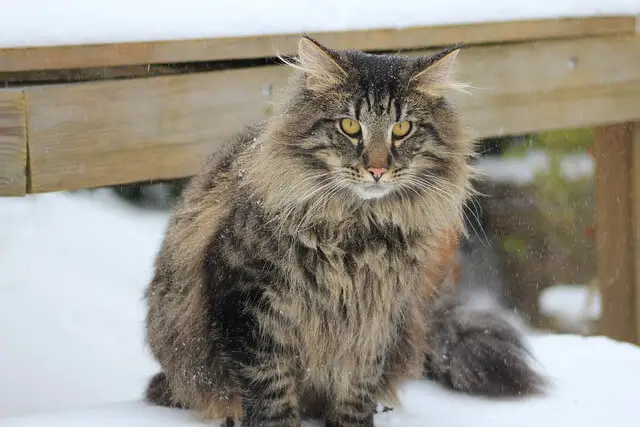
4. Persian
The Persian cat's face is its most recognizable feature. These uniquely-looking long-haired cats have round, flat faces and short muzzles that give them a flat face appearance. It appears larger because its shaggy, long hair moves away from their bodies. The truth is that the Persian is one of the smallest large breeds. In contrast to most of the larger ones, this cat prefers to laze around all day instead of being as alert or active as the others.
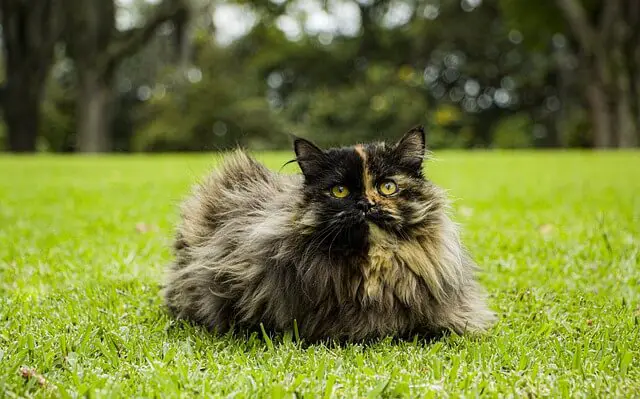
5. Siberian
The Siberian cat is a big, sturdily built, and fairly intelligent cat breed. Living in a climate with extreme weather conditions meant it had to develop a thick coat that would insulate them and keep them safe from harsh Siberian conditions. It was the only way these cats could survive the hostile environment. Safe from the influence of outer elements, the breed's true character could finally be shown after it was domesticated. In addition to being lovable and cheerful, Siberian cats make excellent pets for different types of homes (singles, families, and other pets included).
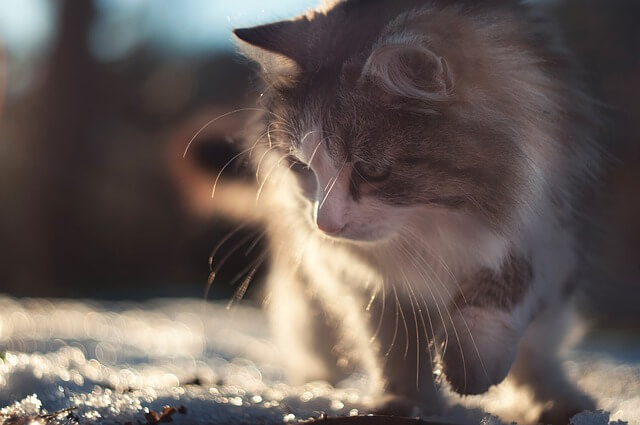
6. Scottish Fold
All Scottish Fold cats can be traced back to a single cat named Susie, who lived, unsurprisingly, in Scotland. She was a barn cat with folded ears and gave birth to kittens who inherited the same feature. Scottish Folds became one of the most popular cat breeds in the United States and Europe, and their popularity happened because of a birth defect.
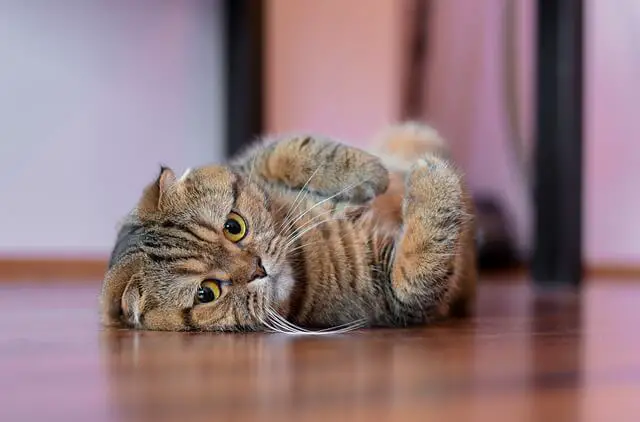
Most of the time, these fantastic, large cats have a jolly and kind demeanor. Unfortunately, Scottish Fold cats are prone to arthritis that specifically targets their tails at an early age. This condition is due to genetic abnormalities in the breed. The feline may become less affectionate due to the painful condition, which necessitates immediate veterinary attention.
7. Chartreux
The origins of Chartreaux is unknown. They're thought to have been in existence in what is now known as Syria as far back as the 13th century. In the 1970s, the first Chartreux cats arrived in the United States. More precisely, in California. The devotion of Chartreux cats is very similar to that of dogs. At home, these cats demonstrate their close bond with their main caretaker and spend their time with them or following them around. However, this does not mean they do not show affection to the other household members; they simply prefer their own special person.
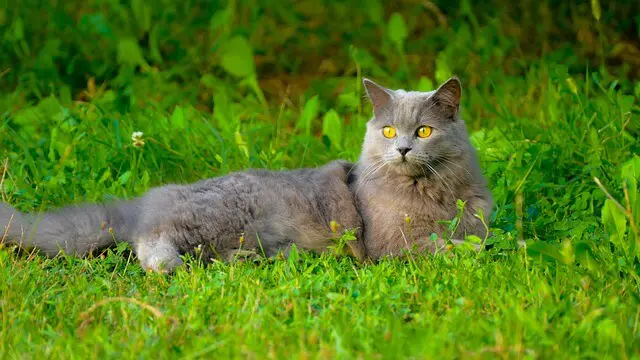
8. Turkish Van
In the mountains of Turkey, the Turkish Van cat started its fantastic journey. Turkish Vans are prized possessions in their homeland. There are many misconceptions about the Van and its cousin, the Turkish Angora, which are both large cats. However, Vans are heavier than their cousins. You might be surprised by how much of a water lover the Turkish Van is. In addition to their love of water, these cats are pretty robust, cheerful, and surprisingly energetic. These felines have a muscular and athletic frame, making jumping a breeze.
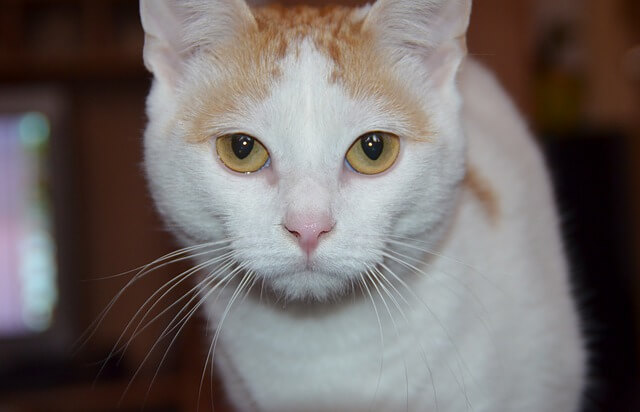
9. Ocicat
Are you in the market for a wild-looking cat? In that case, the Ocicat should be a strong contender. Although it was named after its resemblance to the ocelot, this cat is entirely domestic. Because they are descendants of Siamese cats, they are highly reliant on their owners' attention. So long as they're given plenty of opportunities to play and interact with others, they have a happy disposition.
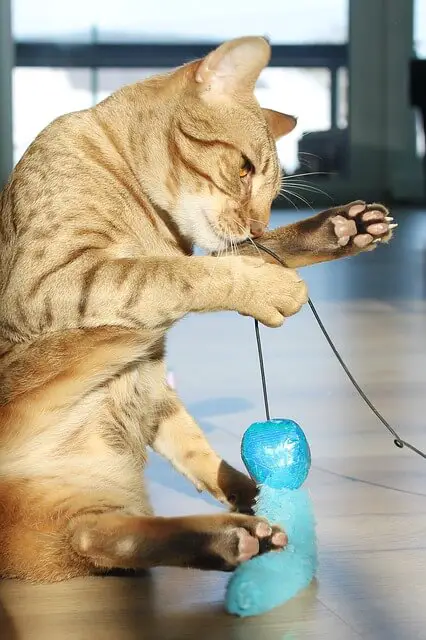
10. Birman
Birman cats have a mysterious history and origin. Modern-day Birmans we know today were probably brought to France from Burma. Siamese cats most likely played a part in their creation. They are social cats who enjoy interacting with all family members, including children and other pets. Birmans also enjoy being the center of attention when they are with others. These cats appear large, but 15 pounds is their maximum weight for male Birmans.
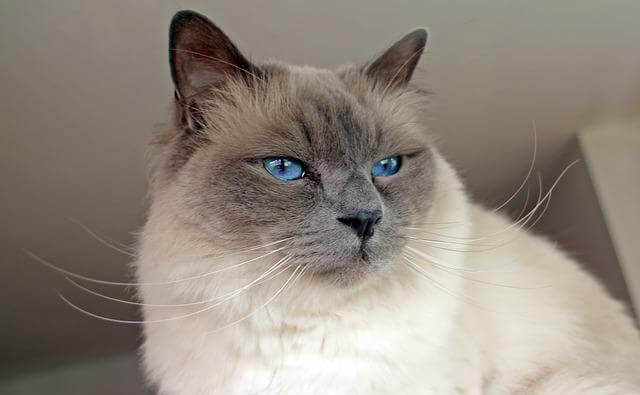
11. Russian Blue
This cat breed is named after the place where it was first discovered. In the past, Russian Blues were said to be favored by Czars, and modern-day Blues are descended from ancient royal cats. It is natural for Russian Blues to be curious, but they are typically very calm. Despite their intelligence, they don't crave attention like some other cats on this list. They tend to form a powerful bond with a single family member while also getting along with the rest of their family.
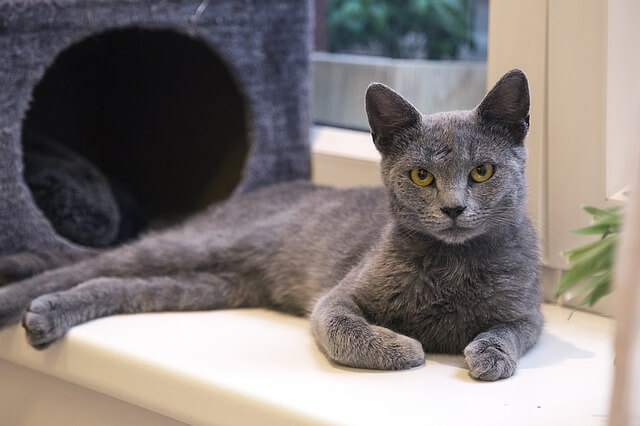
World Cat Finder Team

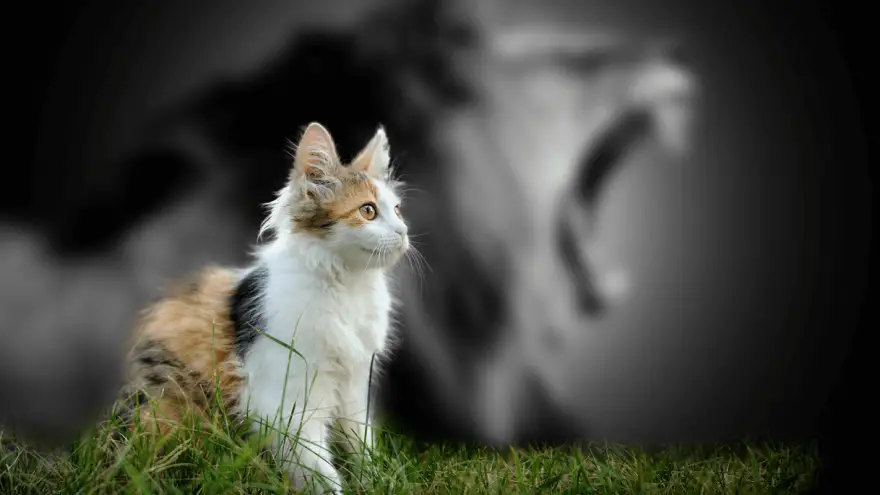
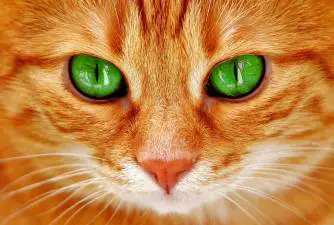
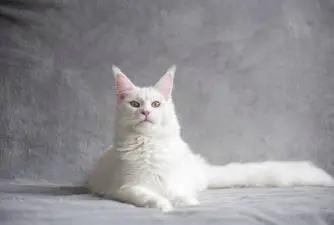
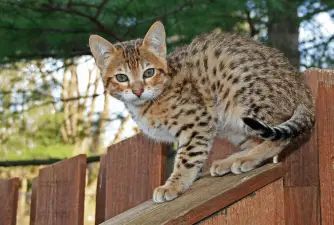
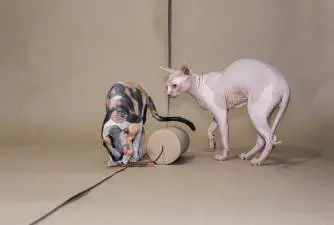

Share